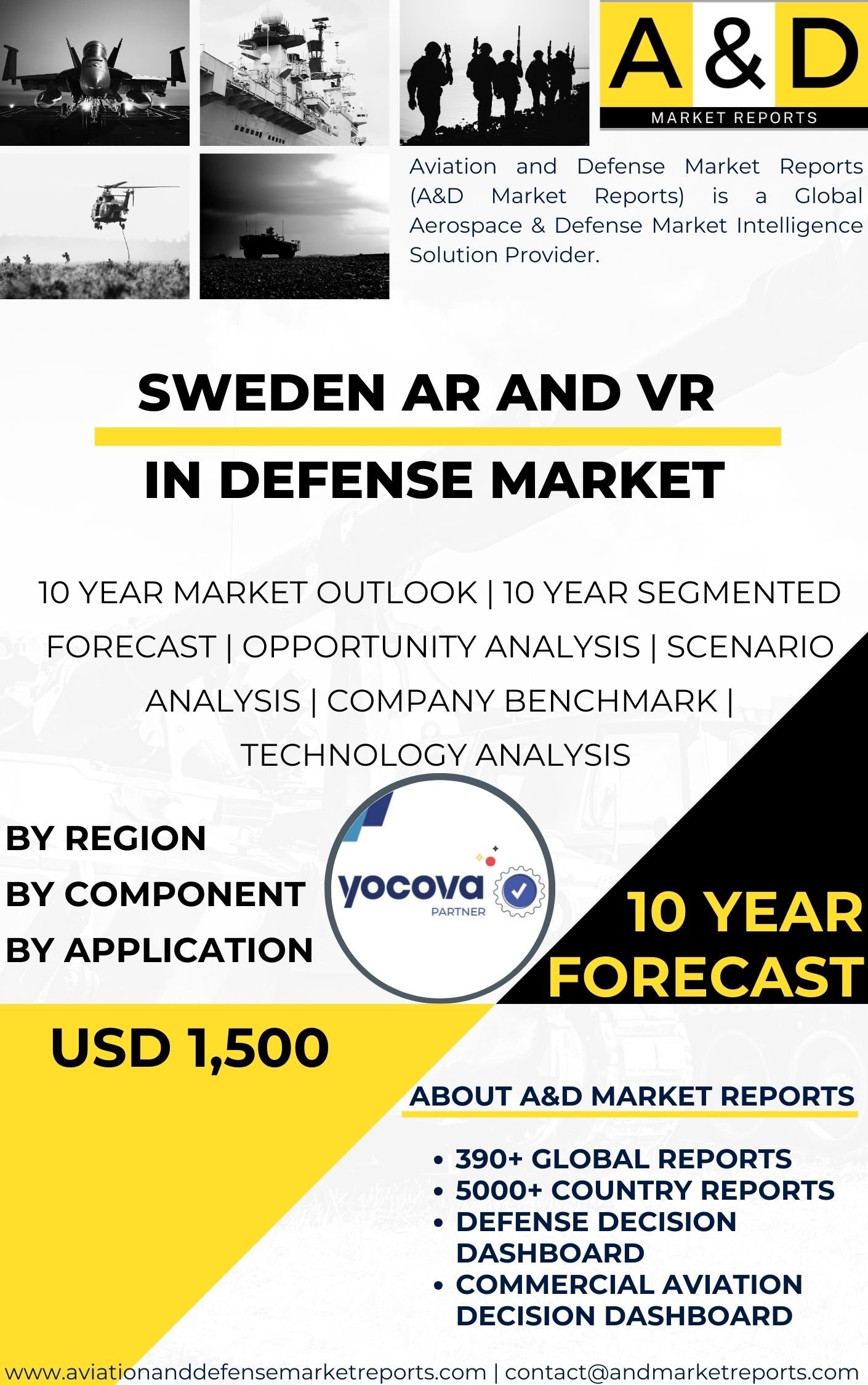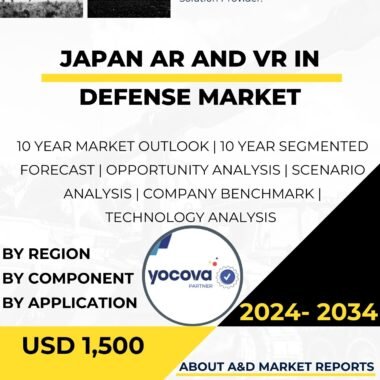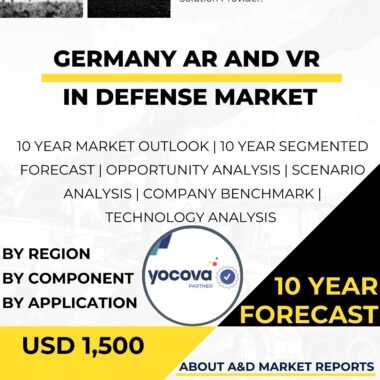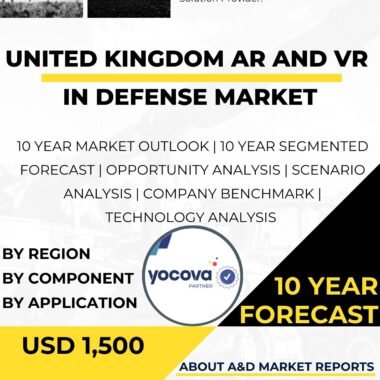Description
Sweden AR & VR in Defense Market
The Sweden AR & VR in Defense Market holds significant importance in Sweden’s modernization efforts, enhancing training, simulation, and operational capabilities for its armed forces. As a nation with a strong commitment to technological advancement and a thriving defense industry, Sweden actively invests in AR and VR technologies to meet the challenges of modern warfare and ensure the readiness of its defense forces.
AR and VR technologies have rapidly emerged as transformative tools in defense applications, offering immersive and interactive experiences that enhance training, decision-making, and situational awareness. The AR and VR market in Sweden encompasses a wide range of solutions, including wearable AR displays, virtual simulation environments, and training platforms, tailored to meet the specific requirements of the Swedish Armed Forces.
One of the key players in Sweden’s AR and VR market is Saab Group, a renowned defense contractor that specializes in the development and integration of cutting-edge technologies, including AR and VR systems. Saab’s expertise in engineering, software development, and human-machine interfaces has made it a leading supplier of AR and VR solutions to the Swedish military and international partners. Saab’s AR and VR systems, such as the AR/MR Tactical System and Virtual Training & Simulation solutions, contribute to Sweden’s defense modernization efforts and the professional development of its defense personnel.
The investment in indigenous AR and VR technology underscores Sweden’s commitment to innovation and self-sufficiency in defense capabilities. By developing and integrating advanced AR and VR systems domestically, Sweden reduces its dependence on foreign suppliers and ensures a constant and reliable supply of these critical technologies for its defense forces. Moreover, indigenous AR and VR development fosters technological advancements and stimulates the domestic defense industry, contributing to the country’s technological growth and economic development.
The AR and VR market in Sweden plays a crucial role in enhancing the country’s defense readiness and operational effectiveness. AR and VR technologies have transformed military training and simulation, providing a realistic and risk-free environment for soldiers to practice complex scenarios and improve their skills. The immersive nature of these technologies allows troops to experience lifelike combat situations, enhancing their situational awareness, decision-making abilities, and responsiveness in real-world missions.
Moreover, AR and VR systems are valuable tools for planning and conducting military operations. By overlaying digital information onto the physical environment, AR enhances situational awareness, enabling commanders to visualize and analyze critical data in real time. VR simulations, on the other hand, allow military planners to test various strategies and tactics in a virtual setting, optimizing operational plans and reducing risks during actual missions.
The AR and VR market in Sweden also plays a critical role in aerospace and naval applications. AR and VR technologies are used in the design and maintenance of complex defense equipment, such as aircraft and naval vessels, streamlining maintenance processes and reducing downtime. By overlaying digital information onto physical equipment, maintenance crews can identify and resolve issues more efficiently, ensuring the readiness of defense assets.
Furthermore, Sweden’s commitment to international peacekeeping efforts drives the development of AR and VR solutions tailored for humanitarian and peacekeeping missions. These technologies enhance the effectiveness of peacekeeping operations, allowing personnel to navigate challenging environments, interact with local populations, and manage complex logistics efficiently.
As AR and VR technologies continue to evolve, Sweden’s defense industry remains committed to advancing its capabilities. Research and development efforts focus on improving AR display technologies, enhancing the realism of VR simulations, and integrating AR and VR systems with other defense assets, such as unmanned systems and sensor networks.
Despite its strengths, the AR and VR market in Sweden faces challenges that warrant careful consideration. One primary consideration is the need to address cybersecurity concerns associated with AR and VR systems. As these technologies become more interconnected and reliant on data exchange, they become potential targets for cyberattacks. Sweden’s defense industry must remain vigilant in developing robust cybersecurity measures to protect AR and VR systems from unauthorized access and malicious threats.
Moreover, ensuring interoperability and compatibility among different AR and VR platforms is essential. The integration of AR and VR systems with existing defense infrastructure and legacy systems requires careful planning and standardization to optimize the use of these technologies across the defense ecosystem.
In conclusion, the AR and VR market in defense holds immense significance in Sweden’s modernization efforts, enhancing training, simulation, and operational capabilities for its armed forces. Sweden’s investment in indigenous AR and VR technology, led by companies like Saab, ensures self-sufficiency and reliability in its defense capabilities. The immersive and interactive nature of AR and VR technologies contributes significantly to the operational effectiveness of the Swedish Armed Forces, enhancing training and decision-making processes. By addressing challenges proactively and investing in research and development, Sweden is well-positioned to maintain a competitive edge in the AR and VR market, supporting its defense needs and contributing to international peacekeeping and security efforts.




